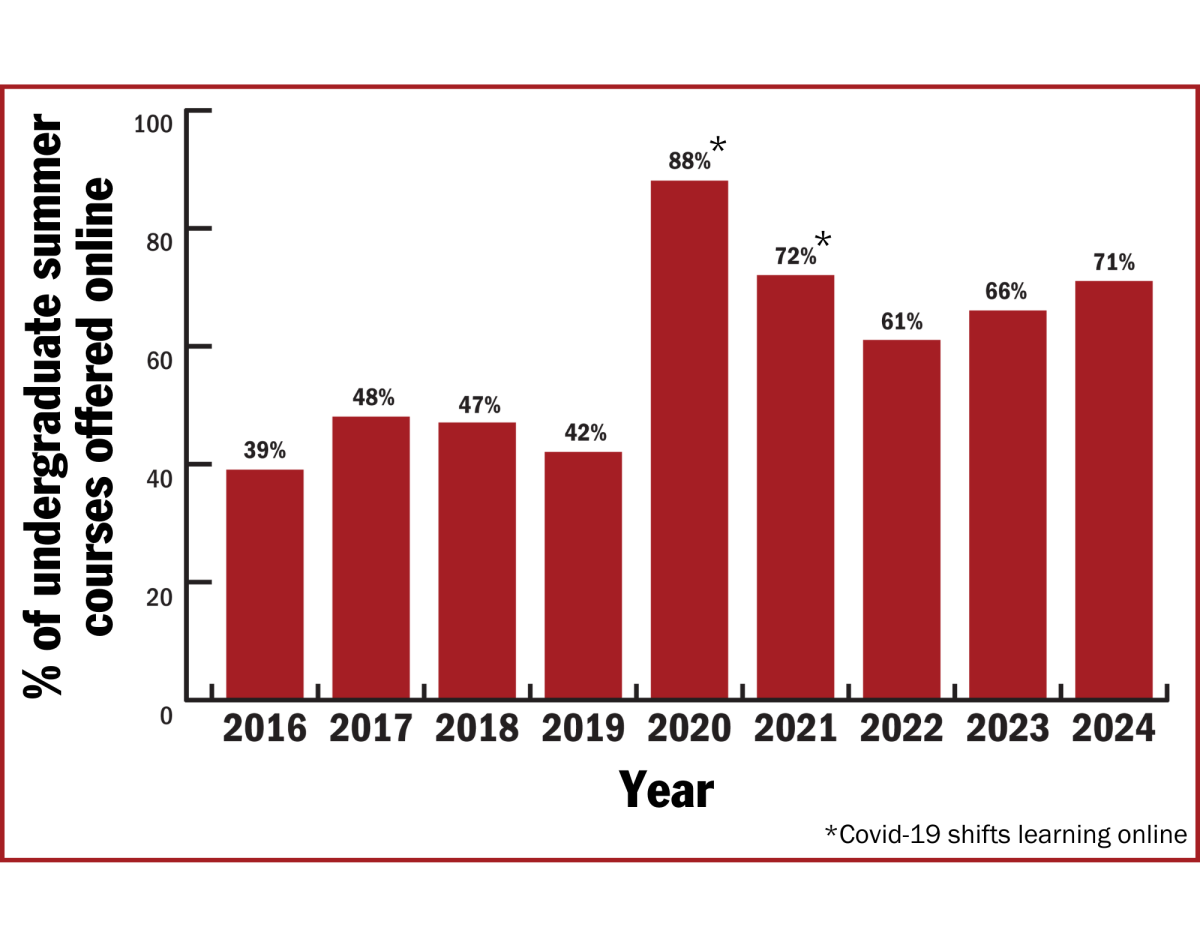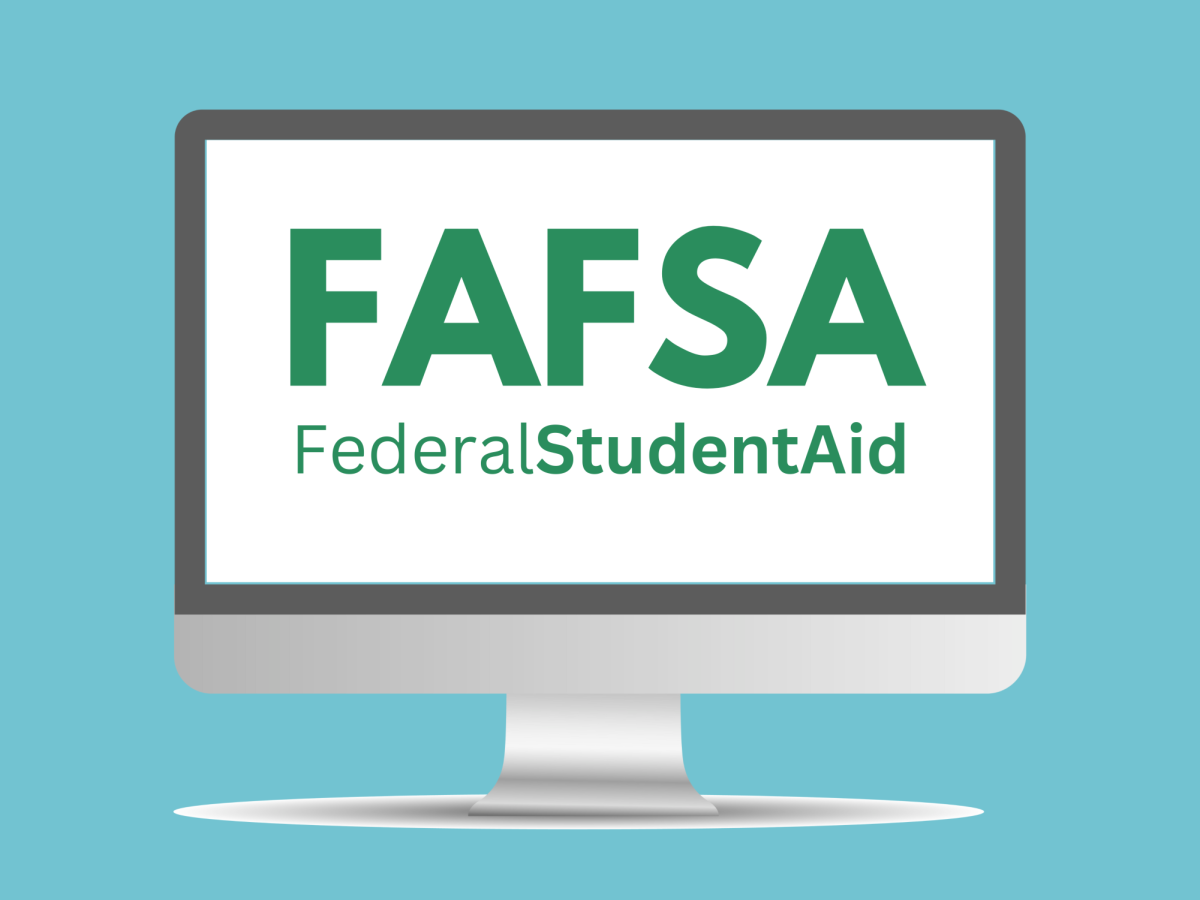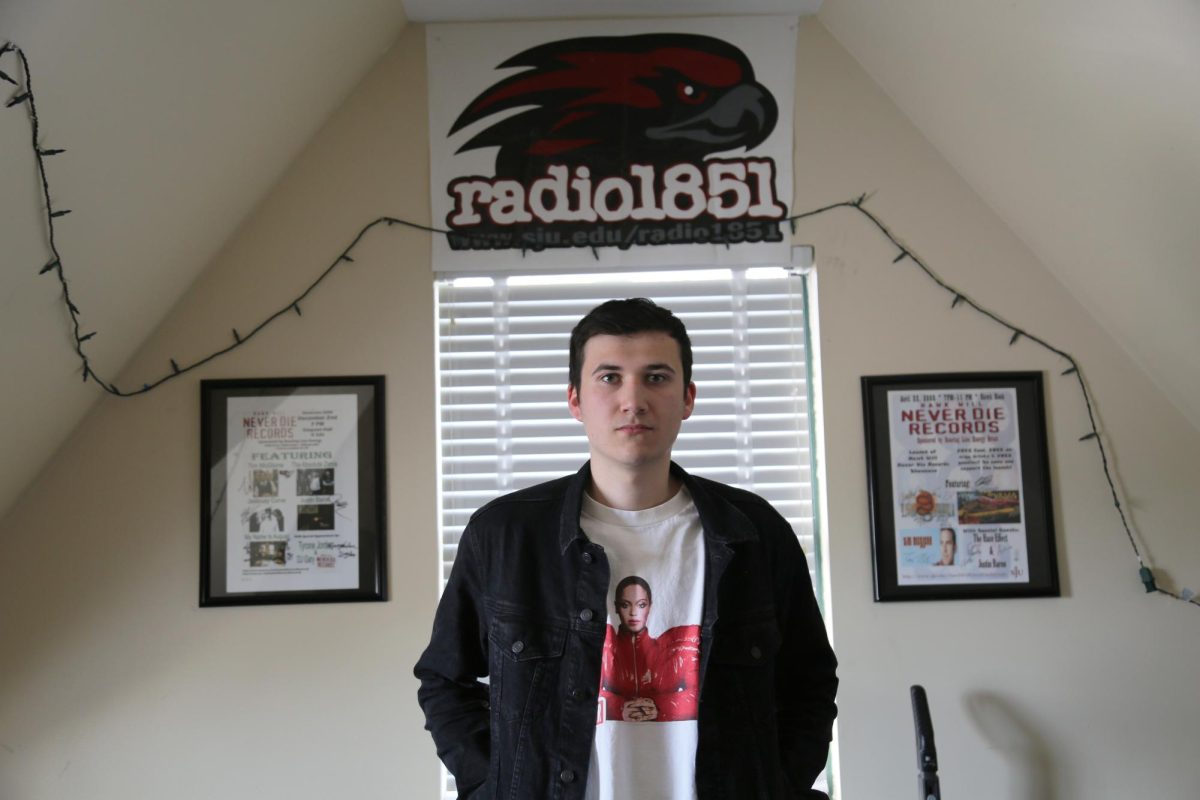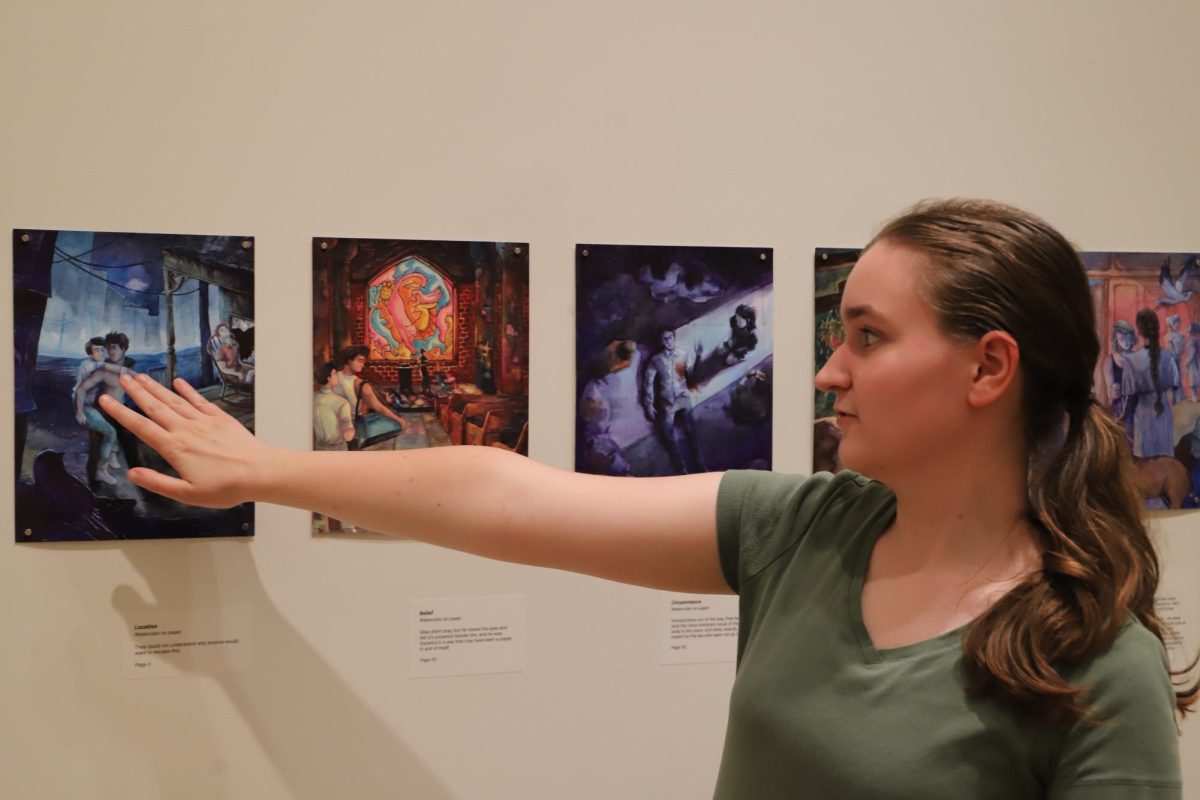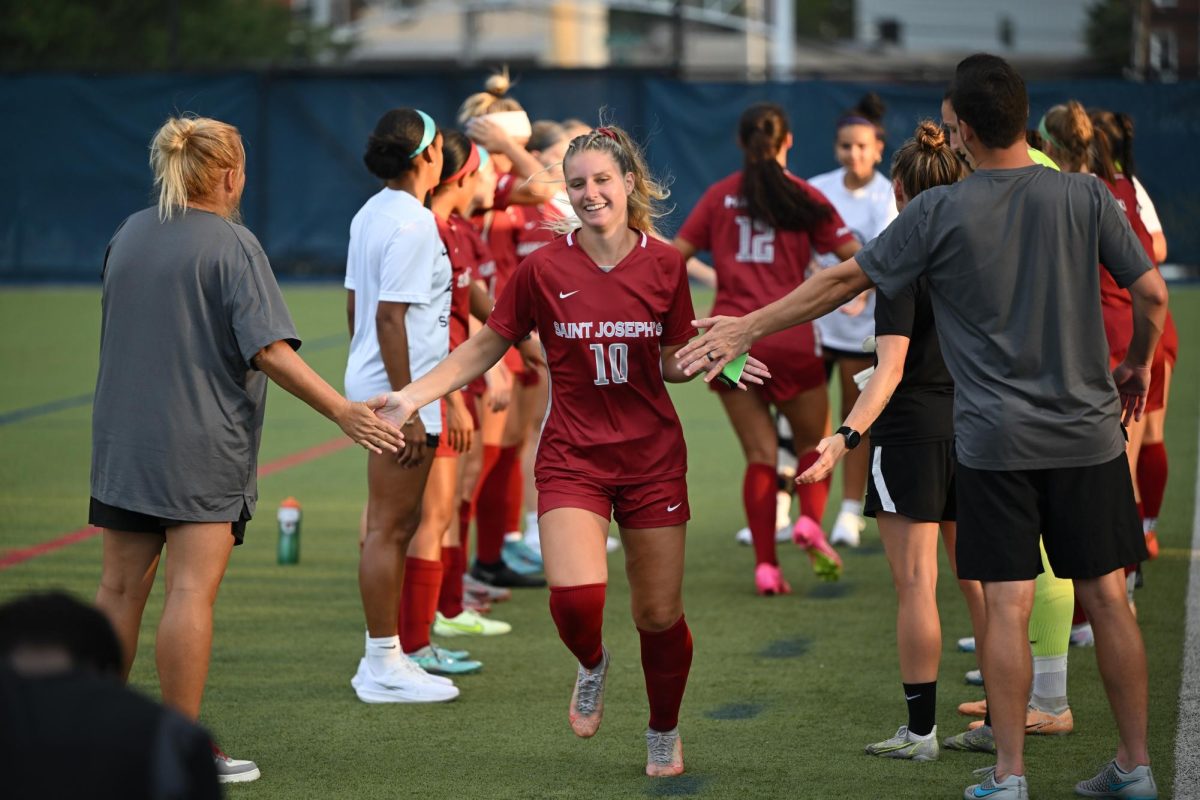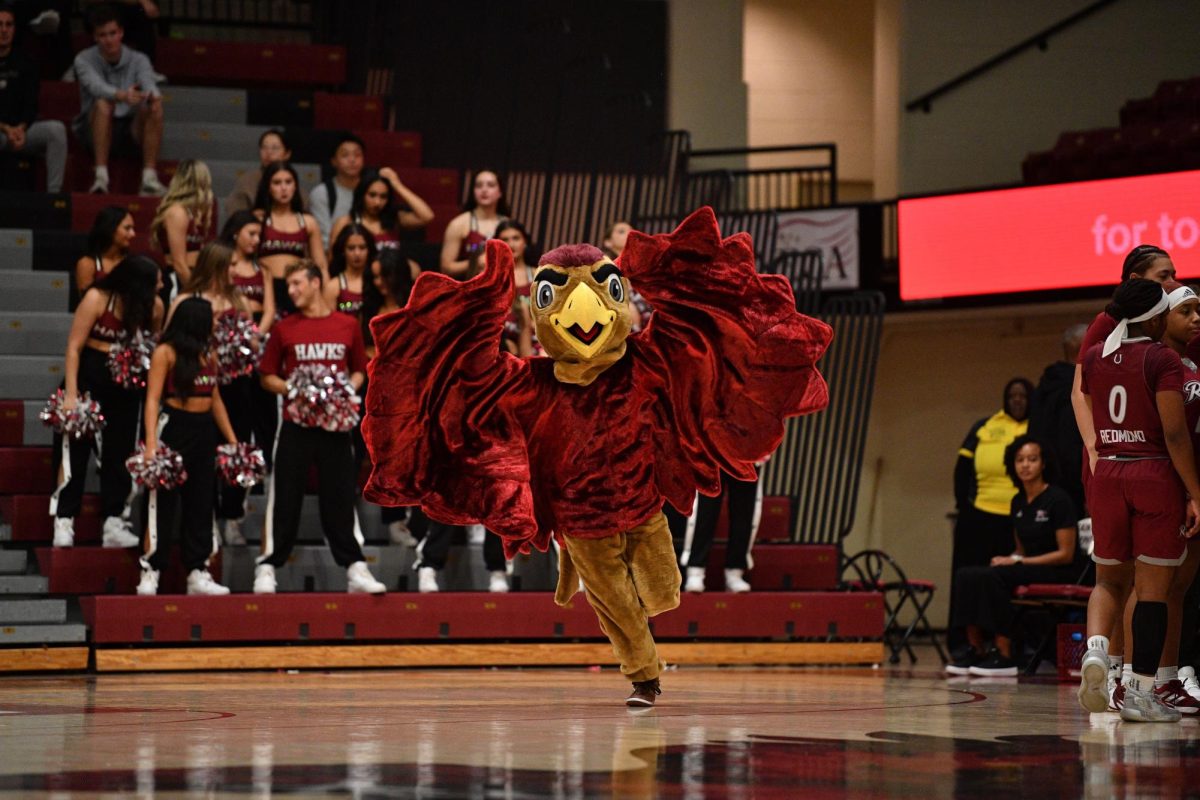A panel hosted by the Women’s Leadership Initiative (WLI), a campus organization focused on professional development and mentorship for female students, was “Zoom bombed” on March 10 at the start of the group’s meeting.
As panelists were being introduced, outside infiltrators hurled vulgarities and proclaimed they were Zoom bombing the presentation, which was titled “Immigration as a Feminist Issue.” The infiltrators remained in the meeting for several minutes while WLI organizers attempted to identify them and remove them.
The Office of Public Safety & Security and the Office of Information Technology (OIT) are investigating the incident.
Francis DiSanti ’79, chief information officer, said so far, the investigation has determined that five to 10 accounts joined the Zoom call with IP addresses from South America and Canada.
The panel was open to the public, and the link to the presentation had been advertised on social media.
Susan Clampet-Lundquist, Ph.D., professor of sociology, Richard Warren, Ph.D., professor of history, Richard N. Gioioso, Ph.D., associate professor of political science and director of the Latin American and Latinx Studies Program, Lesley Reyes Pina ’22 and Jessica Gonzalez ’22 were on the panel.
The interruptions started when Gioioso began to introduce himself. The panel was disrupted by a combination of loud music, sexually explicit remarks, vulgar language and continued insistence that the meeting was being Zoom bombed, according to those in attendance.
“The word I’d use is jarring,” Gioioso said. “I haven’t been Zoom bombed before so it was kind of stunning.”
Gonzalez said although she didn’t know the intentions of the Zoom bombers, their actions negatively impacted a discussion of importance to her and the rest of the panelists.
“It was an important conversation, and it meant something dear to all of us, which is why we got asked to be a part of it,” Gonzalez said. “It just felt like, whether it was intentional or not, that they decided to pick that event to Zoom bomb. It felt like it was motivated and targeted.”
Since the world has adapted to virtual events, Zoom has become another platform where individuals or groups are able to target groups with acts of racism and hatred.
Perpetrators of Zoom bombing frequently utilize jarring imagery, racial epithets, slurs, profanity or pornography to attack a Zoom meeting. Last March, the Federal Bureau of Investigation identified Zoom bombing as an increased threat since the onset of the pandemic.
Laura Crispin, Ph.D., associate professor of economics, attended the meeting and is a faculty adviser for WLI. Crispin agreed with Gonzalez that the invasion felt targeted.
“I just am genuinely concerned for our students’ mental health and well being, especially in a time where many students are facing trauma from many different angles because of their intersecting identities,” Crispin said. “It makes me angry that we can’t have this as a safe space.”
DiSanti said there are a number of ways that clubs hosting meetings can take preventative measures to ensure they will not be victims of Zoom bombing.
Meeting hosts can require authentication for users that are joining in two different ways. They can either require that all joining users must have a Zoom account, or they can go a step further and require that all participants have a St. Joe’s account to join. It is also possible to block users joining from IP addresses outside of the U.S.
Arthur Grover, director of Public Safety, said the intruders likely found the meeting through a social media post that had the link and passcode.
“We have concluded that the portal by which these uninvited guests entered was the public posting of that particular Zoom with a passcode embedded that allowed these individuals to participate without consent,” Grover said.
A host can remove unwanted participants from a meeting using the security tab on the menu at the bottom of the Zoom window.
The WLI organizers said they had trouble identifying the Zoom bombers in order to remove them, so they temporarily muted everyone. They were eventually able to get all of the intruders out, and the meeting resumed.
When a host removes a participant, there is an option to notify Zoom. In a St. Joe’s OIT Knowledge Base article, “Keep Zooming Responsibly: Best Practices,” meeting hosts are instructed to report intruders.
WLI leaders filed a bias activity report with Public Safety and are meeting with Title IX coordinator Lexi Morrison this week.
Grover said as reliance on Zoom increases, people with ill intentions will continue to try to impose on Zoom meetings, despite evolving preventative measures.
“People who are looking to do this are continually looking for ways to leverage technology and to defeat measures to defend against it,” Grover said. “I think there will be continued attempts as these people become more sophisticated, and they will look for ways around this.”
Gioioso said Zoom bombing is yet another challenge brought on by online learning and one that can hinder intellectual development.
“It’s hard to create engaged learning environments online to begin with and to have another challenge and impediment to creating a healthy and productive learning space or sharing space, it is one more element that could impede the exchange of ideas,” Gioioso said.

